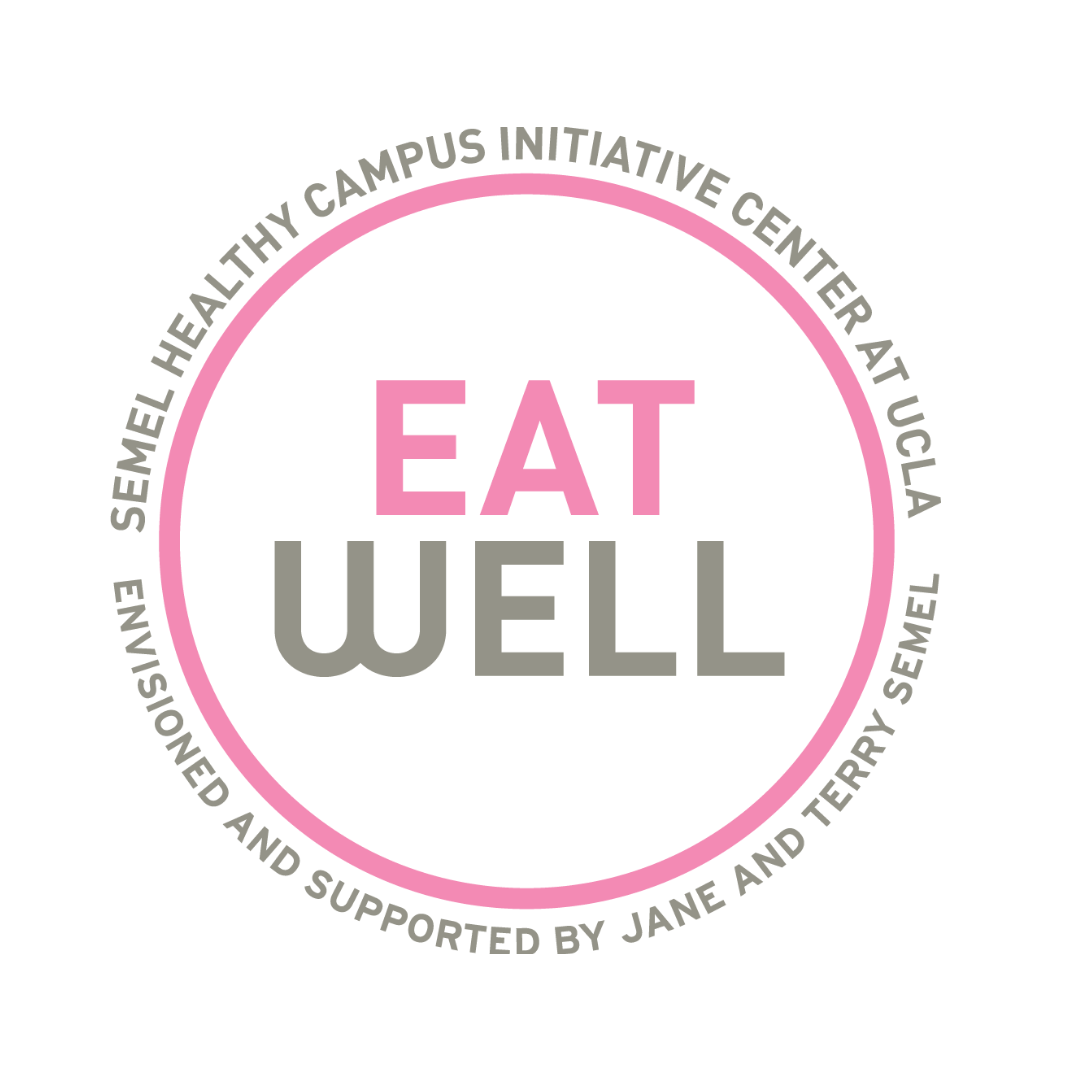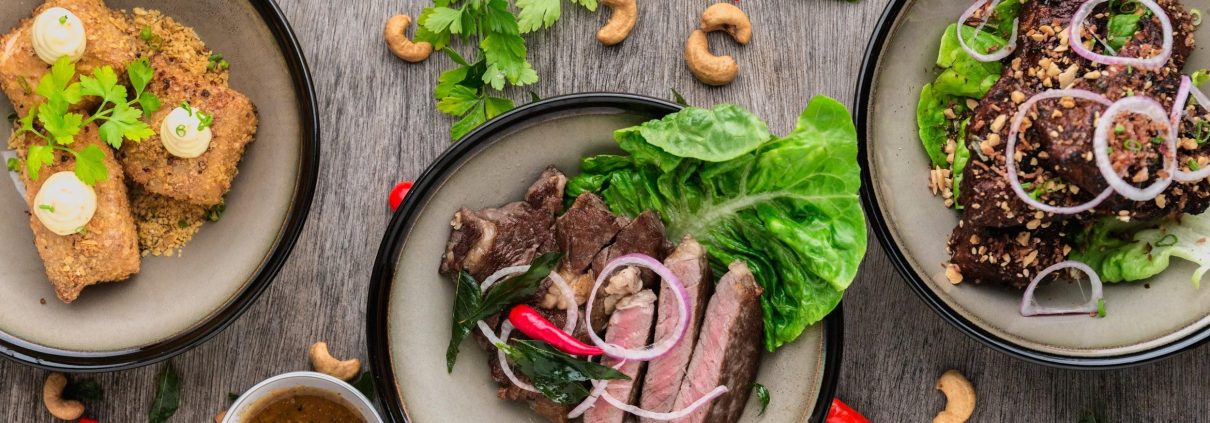Tips on Creating Quick, Well-Rounded Meals
A new school year means new challenges, and, for many upperclassmen this includes figuring out how to create your own food in your apartment kitchen. Spoiled by the amazing dining hall food we all had the pleasure of eating in the dorms, it’s a hard transition into making food for yourself, especially well-rounded meals on a busy schedule.
As finals week approaches, this article aims to give students tips on how to create quick, nutritious meals in your apartments. In doing so, it will hopefully dissuade the overwhelming urge to order take out all nights of the week, and promote a more nutrient-filled diet for the end of a busy quarter.
Plan before you shop
We’ve all heard the phrase “don’t shop hungry,” but we should add on “don’t shop unprepared.” Planning meals for the week, even if it’s just a general sketch, helps your grocery shopping big time. Knowing what you’ll need for the week will ensure you get all of the ingredients you need, and it will prevent you from overbuying, decreasing waste of expired or rotten foods.
UCLA Nutritionist Eve Lahijani recommends you buy a few food items from each food group, so you can mix and match meals throughout the week. A great way to know what falls under each food group is by using Choose MyPlate before you shop. Using this resource for shopping will not only help you get what you need, but will make your meals more variable and tasty.
Having a plan also helps you to only buy what you need, which is not just a big help to your budget, but also to your snacking. If you’re an avid snacker, planning this portion of your diet out can ensure you eat nutrient-rich foods throughout the day.
Keep it simple
Well-rounded dishes do not need to be complicated. Something as simple as whole-grain pasta with vegetables and some parmesan cheese can be a perfectly balanced dish. Of course making extravagant dishes can be fun, but on a college schedule it can be more time-consuming than you would like.
An infographic by Dr. John Berardi gives a step-by-step guide on how to make well-rounded meals, including not only the various food groups and portions you should aim to include in each meal, but also how to make each meal more flavorful. The infographic suggests taking one food from each food group and mixing and matching as you like in order to create a variety of well-rounded dishes.
A few suggestions for keeping it simple:
- Start with one item from each food group. This ensures you’re getting all of the nutrients you need.
- Use a variety of cooking methods. Maybe you’re someone who relies on the stove top, but switching it out to the oven for one meal can give you a new variety of tastes and textures.
- Don’t forget the spice! Spices can up any bland dish to something amazing, and they only require a few more seconds of your time.
Meal Prep
While most days might be hectic, sometimes pockets of time will help alleviate the stress of making your own food. Meal prepping can help expedite the cooking process, ensure the meals you’re eating are well-balanced, and provide a huge convenience when you don’t feel like working especially hard.
Meal prepping can be done in multiple ways, one of which is to gather ingredients and spices beforehand so they’re ready to cook later. Chopping vegetables, seasoning meats, and cooking grains are all ways to prep for meals you plan to make later. The more time you save on the prep, the more time you have to enjoy your meal.
Another way to meal prep is to cook a large quantity of food all at once and store it for later. To do this method, simply cook your food and store it in separate portions in your fridge or freezer. Later, you can easily just place the container in the microwave for a meal, or take it with you to campus if you’re on the go. Either way, you’re ensuring you get the nutrients you need on a tight schedule.
Aurora Finley is an undergraduate student at UCLA majoring in English. Along with blogging for the UCLA Healthy Campus Initiative, she is the Sexperts Executive Director for the 2017-18 academic year. She is also a regular volunteer for UCLA’s Habitat for Humanity chapter and blogs for the online UCLA Odyssey community.



